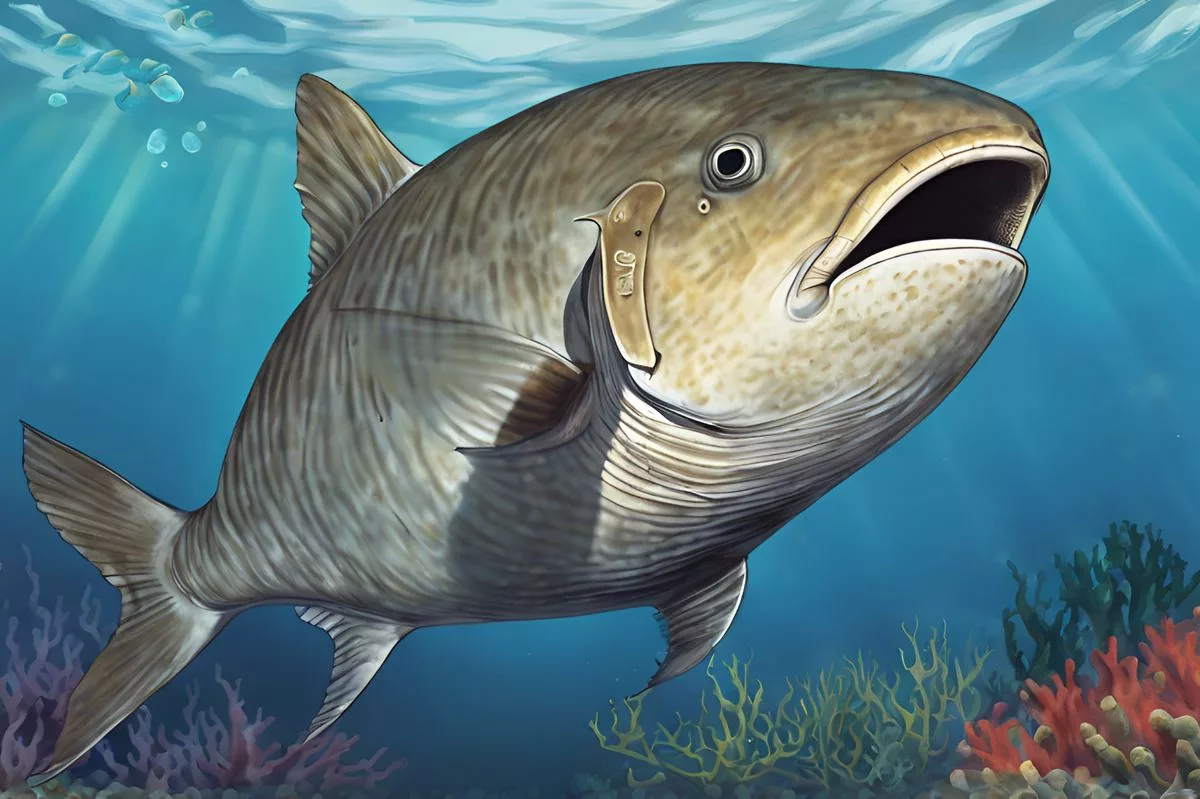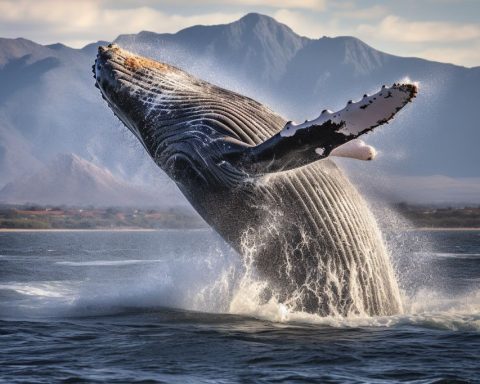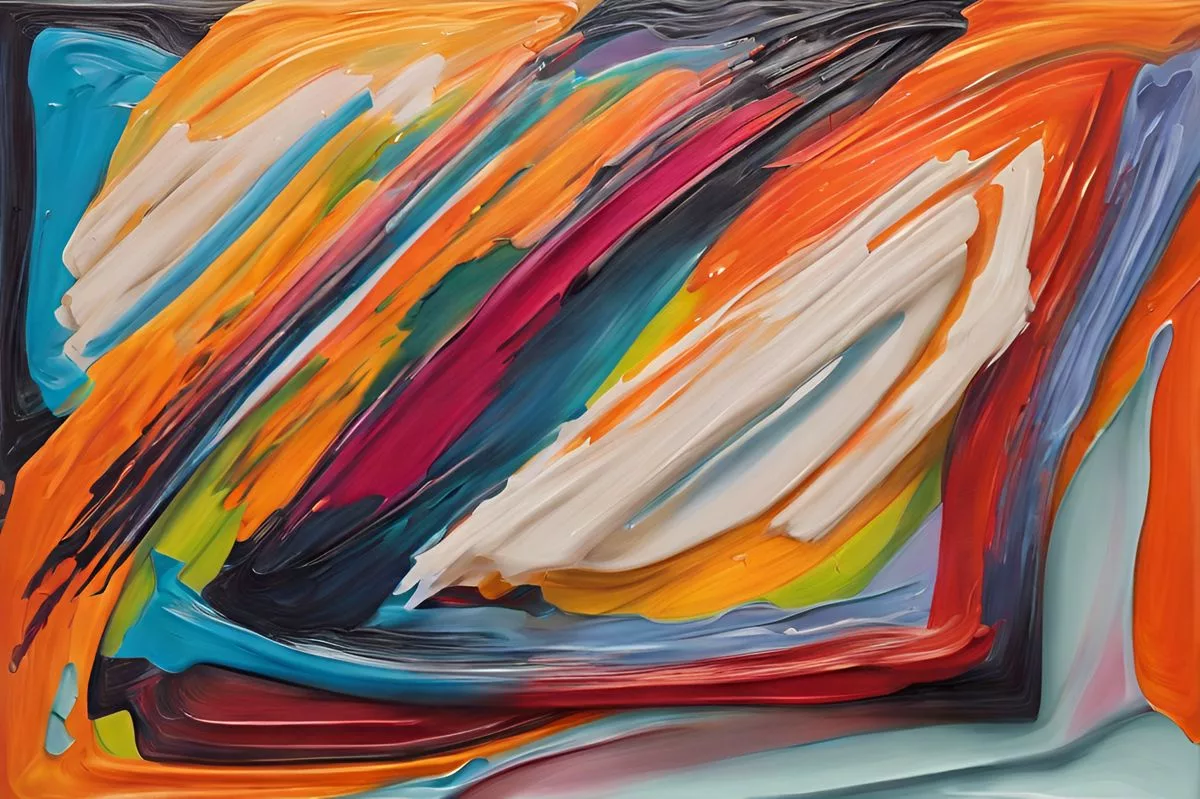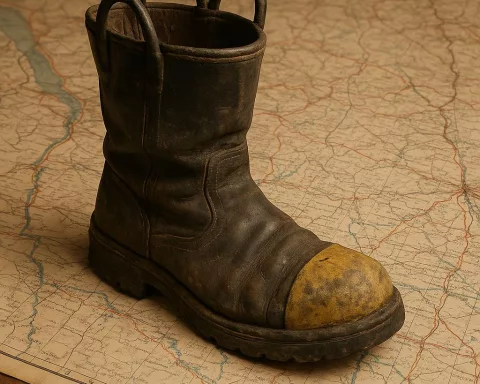A giant ocean sunfish weighing 600kg was rescued from a dry dock in Cape Town by a collaborative team consisting of the Marine Wildlife Management Programme, Transnet, Teeman Cranes, and Two Oceans Aquarium Dive School. The team hoisted the sunfish onto an aquarium boat, allowing for genetic and parasitic samples to be gathered for future research. The successful rescue highlights the dedication and commitment of ocean animal lovers to understand and protect marine life.
How was a sunfish saved in Cape Town?
An ocean sunfish was trapped in the dry dock in Cape Town, weighing 600 kilograms and measuring over two meters from one end of the fin to the other. The Marine Wildlife Management Programme along with Transnet, Teeman Cranes, and the Two Oceans Aquarium Dive School rescued the sunfish, which allowed for genetic and parasitic samples to be gathered for future research. The successful rescue highlights the effectiveness of collaborative efforts and the commitment of ocean animal lovers to comprehend and safeguard marine life.
In the veiled mystery of dawn at the Cape Town seaport, Brett Glasby from the Two Oceans Aquarium Foundation’s Marine Wildlife Management Programme was readying himself for an extraordinary and fundamental task. The cry for help had arrived the previous evening from Johan Coetzee, who manages the Transnet Robinson Dry Dock. Surprisingly, an ocean sunfish, scientifically known as Mola mola, had gotten trapped in the dry dock. This wasn’t your everyday fish, it was colossal, tipping the scale at 600 kilograms and measuring over two meters from one end of the fin to the other.
A Delicate Operation Begins
The dry dock staff, mindful of the animal’s predicament, immediately suspended their pumping activities. The water level was reduced to waist deep to minimize harm and stress for the sunfish in its constricted environment. As the rescue squadron warily advanced toward the confined marine creature, the gravity of the situation was revealed.
The Marine Wildlife Management Programme‘s Simon Brill and Martine Viljoen managed to engage the sunfish underwater. They narrated this encounter as remarkable, a moment to fully grasp the majestic size and sheer strength of this marine life form. “As we guided the sunfish onto the stretcher, I could feel the forceful release of water from its gills,” Martine reminisced, “and maintained a vigilant eye on its captivating eyes while we ensured its safety.”
Collaboration is the Key
Brett Glasby’s group was not alone in this venture. The rescue was a meticulously planned approach involving Transnet, Teeman Cranes, the Two Oceans Aquarium Dive School, and even altruistic individuals from the general public. When the sunfish was gingerly hoisted from the dry dock onto a waiting aquarium boat, rescue team member and boat skipper Claire Taylor couldn’t hide her joy of being part of this endeavour.
The sunfish’s unique plight presented a precious opportunity for scientific exploration. Genetic and parasitic samples were gathered, which would significantly enhance global research on these mysterious marine species.
Reflecting on the Rescue
The rescue of the sunfish underscores the effectiveness of collaborative efforts and the exceptional work carried out by dedicated individuals like those associated with the Two Oceans Aquarium Foundation. It verifies the unflagging commitment and diligence of ocean animal lovers who work around the clock to comprehend and safeguard them. This event also serves as a reminder to all sea adventurers to report sightings of sunfish or any other distressed marine animals.
Indeed, such rescue undertakings bring to light a new aspect of these magnificent creatures’ lives and the unwavering commitment of those who work to protect them. As the sunfish was returned to the open harbour waters, a wave of accomplishment swept over the rescue team. There were no cheers, no clapping – just the subdued fulfillment of a mission accomplished, and the hope that the sunfish would prosper in its natural habitat.
The tale of this sunfish rescue extends beyond a successful mission; it’s a story of compassion, cooperation, and the ceaseless quest for knowledge. It testifies to the unlimited spirit of humanity and our capacity for empathy towards the creatures that inhabit our planet. It’s an epic that enlightens us about nature’s delicate equilibrium and the immense responsibility we bear in preserving it.
What is a sunfish?
A sunfish is a type of large oceanic fish, scientifically known as Mola mola. It is known for its unusual shape, with a flattened body and long fins.
How was the sunfish rescued from the dry dock?
The sunfish was rescued through a well-planned and meticulously executed collaborative effort involving the Marine Wildlife Management Programme, Transnet, Teeman Cranes, and the Two Oceans Aquarium Dive School. The team hoisted the sunfish onto an aquarium boat, which allowed for genetic and parasitic samples to be gathered for future research.
Why was the sunfish rescued?
The sunfish was trapped in the dry dock in Cape Town and was in danger of harm and stress due to the confined environment. The rescue was carried out to ensure the safety of the sunfish and to gather genetic and parasitic samples for future research.
What does the successful rescue highlight?
The successful rescue highlights the effectiveness of collaborative efforts and the commitment of ocean animal lovers to comprehend and safeguard marine life. It also presents a valuable opportunity for scientific exploration and research on these mysterious marine species.
What can sea adventurers do to help distressed marine animals?
Sea adventurers can report sightings of distressed marine animals, including sunfish, to the appropriate authorities. This can help ensure their safety and aid in the conservation of marine life.
What can we learn from the sunfish rescue?
The sunfish rescue is a story of compassion, cooperation, and the ceaseless quest for knowledge. It testifies to the unlimited spirit of humanity and our capacity for empathy towards the creatures that inhabit our planet. It also highlights nature’s delicate equilibrium and the immense responsibility we bear in preserving it.












